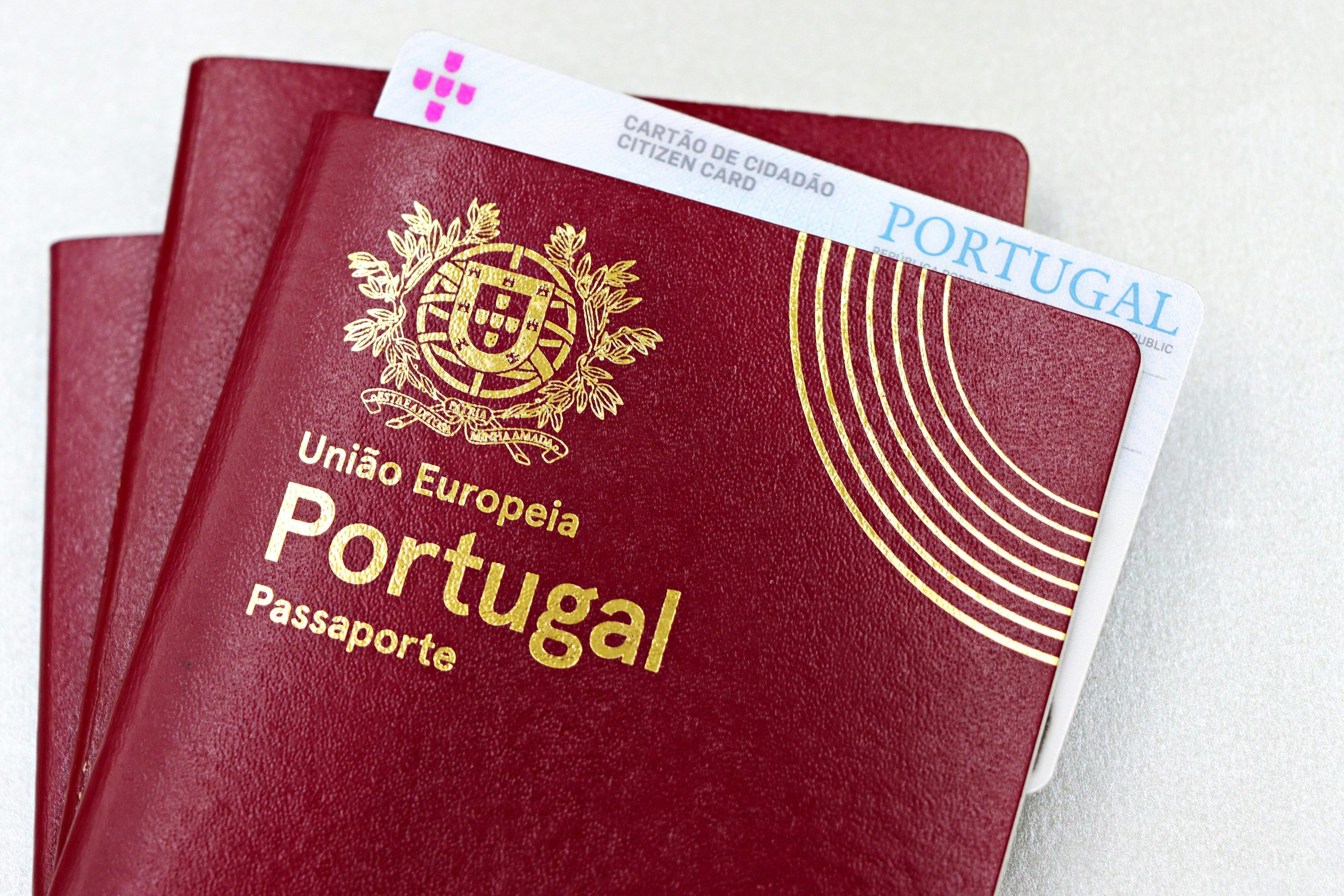Understanding the Differences Between European Identity Cards and Digital Identification Systems
In recent discussions surrounding digital identification, a common theme among some European commentators has been the comparison between traditional European Identity Cards and modern digital ID systems. Many assert that such technological innovations are merely an extension of existing identification methods, suggesting a false equivalence. As someone with firsthand experience and a nuanced perspective, I believe it’s vital to clarify these distinctions to avoid misconceptions.
A Personal Perspective on Identity Documents
Being a British-Italian dual citizen, I carry my Italian Identity Card daily, regardless of my current location. This card serves as a form of identification and proof of nationality; however, it does not influence or regulate my daily activities in the way some digital IDs might. Its purpose is straightforward: to confirm identity and nationality, nothing more.
Contrasting Traditional Identity Cards with Digital IDs
Traditional identity cards, like my Italian document, are primarily static proof of identity and nationality. They do not inherently grant or restrict access to online services, nor do they monitor or control individual behavior. They serve as an official document to verify who you are in certain contexts—be it travel, legal matters, or certain administrative processes.
On the other hand, emerging digital ID systems introduce a different level of oversight and control. Depending on how they are implemented, digital identities can potentially influence a person’s online activity, access to services, and even their participation in social or economic life. This raises significant concerns about privacy, government overreach, and civil liberties—especially in regions where recent legislative actions have increased state surveillance and control over digital spaces.
The Context of Recent Legislative Developments
In the United Kingdom, recent legislative measures related to digital control, censorship, and surveillance have heightened concerns about the potential scope of digital IDs. Critics argue that framing digital IDs merely as proof of employment or basic identification overlooks their broader implications. Unlike traditional IDs, which do not monitor online activity, these systems could, if misused or implemented without safeguards, infringe upon personal freedoms and facilitate pervasive monitoring.
Clarifying Misconceptions
Proponents comparing European Identity Cards to digital identification systems often overlook these distinctions, suggesting they are fundamentally similar. Such comparisons are misleading; they underestimate the scale and scope of digital IDs and the associated risks.
In particular, equating a standard identity card—used for legal and administrative purposes—with a comprehensive digital ID system that could encroach on privacy and civil liberties is a flawed analogy. It’s essential to recognize that modern digital IDs have the potential to
